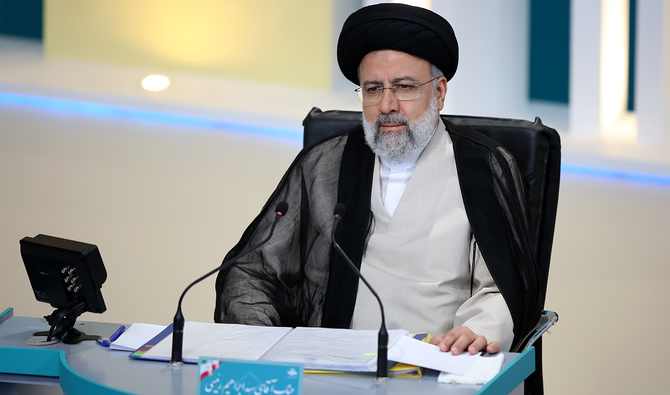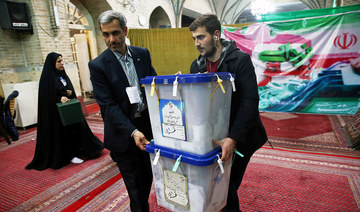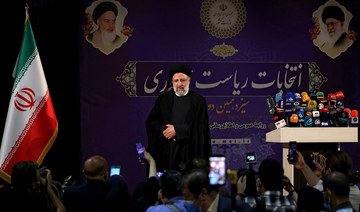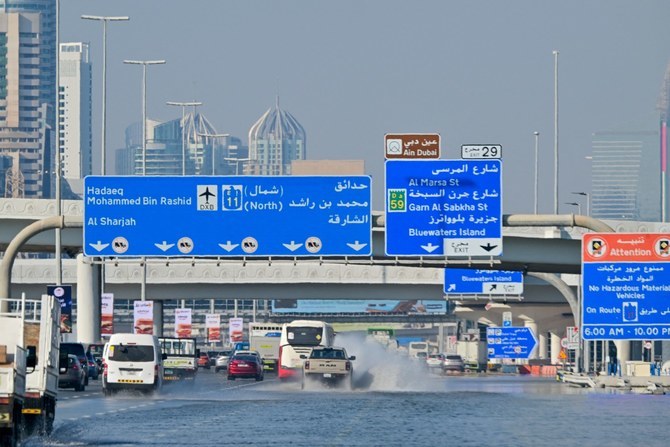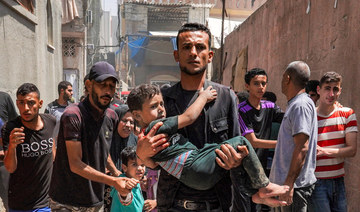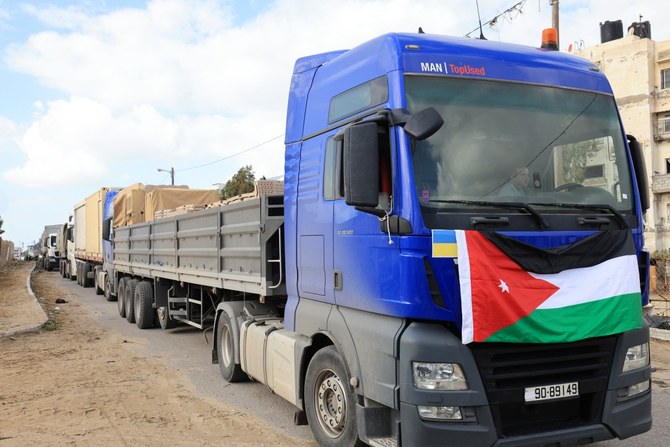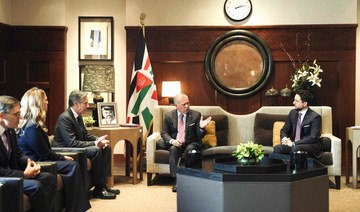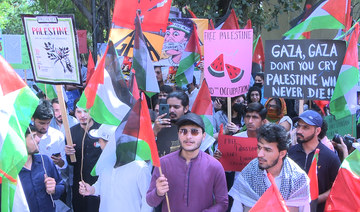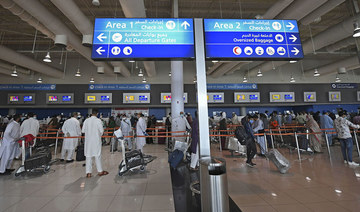LONDON: As Iran prepares for presidential elections on June 18, citizens have spoken out about the torture and abuse they received at the hands of candidate Ebrahim Raisi, current head of the judiciary.
He is accused of having been central to the 1988 massacre of Iranian political prisoners. It is alleged that he was a member of the so-called “Death Commission” in Evin and Gohardasht prisons.
According to first-hand reports, Raisi was a prosecutor sentencing people to death. He was just 21 during the 1988 executions, with limited education and training.
Iranian opposition members have said Raisi served as then-Supreme Leader Ruhollah Khomeini’s “fixer,” being sent to conduct purges in provinces such as Lorestan, Kermanshah and Semnan.
Now, members of the National Council of Resistance of Iran (NCRI) have detailed abuses they suffered at Raisi’s hands.
At a press conference on Tuesday attended by Arab News, Farideh Goudarzi detailed horrific abuses she endured throughout the 1980s.
“In 1983 I was arrested on charges of supporting the Mojahedin Organization, and for nearly six years in the prisons of Hamedan and Nahavand I witnessed the heinous crimes of the criminal Ebrahim Raisi,” she said.
Goudarzi was heavily pregnant at the time of her arrest, and she gave birth very soon after she began her time in captivity.
She detailed abuses at the hands of her captors, including Raisi, who she said watched on as she was tortured by being flogged with electric cables in a tiny, blood-splattered room.
She said there is “a painful memory that’s still lingering before my eyes every moment even after 38 years,” referring to the use of her child as a torture tool on Sept. 24, 1983.
Goudarzi said Raisi and some guards “entered my cell, picked up my son — who was only a 38-day-old baby — while he was asleep and threw him on the ground in a cruel and ruthless manner. Ignoring his cries, they took off his clothes as they said they were looking for documents and evidence.
“The next day, from 8 a.m. to 2 p.m., I was taken to court with my son and interrogated. More than 10 ruthless torturers were present in the interrogation room, one of whom was Raisi,” she added.
“During the six hours of interrogation, one of them took my son by the hand and … he slapped him on the back in front of me and the others laughed. Raisi was watching this scene. I expressed this bitter memory to say that we, the survivors of the 1988 massacre, will neither forget nor forgive this crime and the other crimes in the 1980s.”
Nasrallah Marandi, a prisoner in Evin, Ghezel Hesar and Gohardasht prisons from 1981 to 1991, told the press conference that on Aug. 6, 1988, guards transferred him from solitary confinement to the main corridor of Gohardasht Prison, called “the corridor of death.”
He added: “When I was taken to the corridor of death, both sides of the corridor were full of prisoners who were waiting to be taken to the Death Commission … Many of them were my friends, and it was around noon when I was taken to the Death Commission.”
He said Raisi was there, adding that he “played an active role in the execution of prisoners and he was endorsing the death certificate. After a few minutes I was returned to the corridor of death, and on the same day many of my friends were executed by Raisi and other members of the Death Commission.”
Marandi said: “After signing the death sentence, Raisi went to the execution hall to carry out and supervise the executions.”
He added that the Death Commission did not spare the mentally or physically ill, and that prisoners were killed regardless of age.
“They executed everyone, and in the fall of 1988 only one small ward in Gohardasht Prison, called Ward 13, made up all the political prisoners who had survived the massacre,” Marandi said.
Mahmoud Royaei detailed the suffering experienced by Kaveh Nasari, who suffered from severe epilepsy and was paralyzed following severe torture.
He said Nasari “was attacked due to epilepsy. They used to hit his head and face hard on the ground, due to which his face was always injured. On Aug. 9, 1988, Nasari was taken to the death corridor. He had an epileptic fit but Raisi still sentenced him to death. On the same day, despite serving his sentence in full, Nasari was executed.”
Royaei added: “I have no doubt that Kaveh would’ve survived if Raisi … wasn’t present on that death panel.”
Royaei said: “Many of the prisoners were students at the time of their arrest. Some were just 15 or 16. After seven years of brutal torture, they were hanged after Raisi signed their death verdict.”
Marandi urged the US, UN and EU to condemn Raisi’s candidacy, saying the “sham” election should not be recognized.
Ali Safavi, an official with the foreign affairs committee of the Paris-based NCRI, told Arab News: “The expected presidency of a mass murderer like Raisi lays bare the real and evil nature of medieval theocracy ruling Iran.”
He added: “For more than four decades, Western powers cloaked appeasing the mullahs under the veneer of empowering the illusory moderates, to the detriment of the Iranian people and regional peace and stability.
“This is no longer justifiable. The time has come for the international community to uphold the values they claim to champion, denounce the sham election and hold the Iranian regime and its criminal leaders, like Raisi, accountable for numerous crimes against humanity.”



